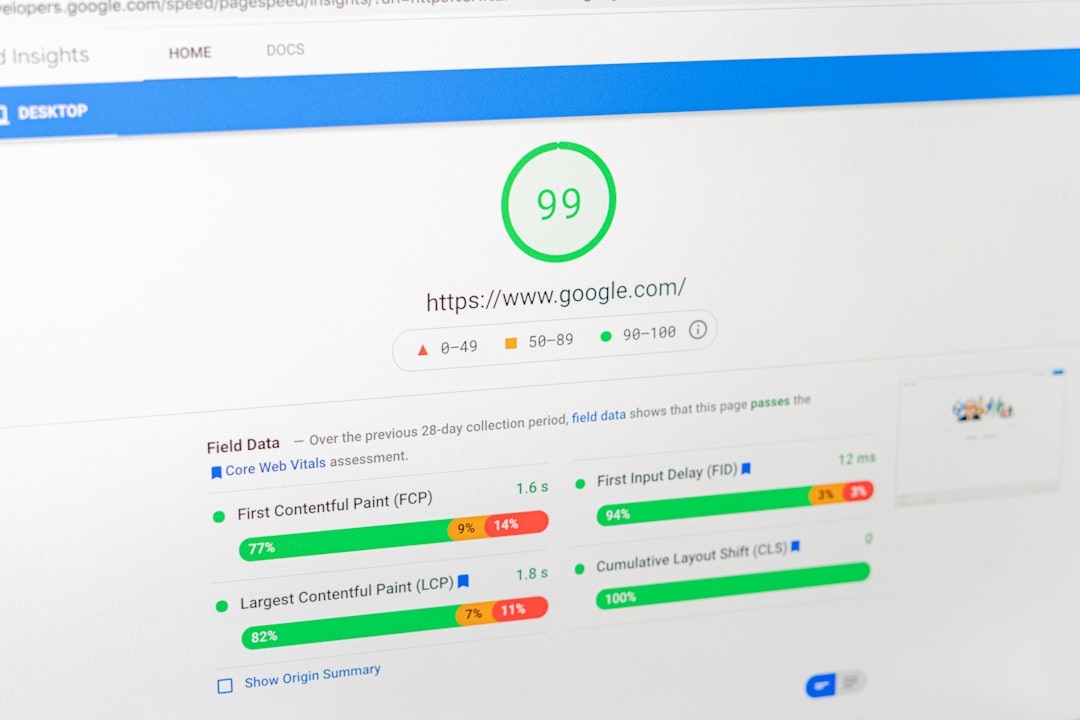Managing employee leave and vacation requests efficiently is crucial for any organization. A well-structured system reduces administrative stress, improves workforce planning, and ensures fairness in leave approvals. If your company uses WordPress, you can streamline this process by implementing an Employee Vacation Calendar and a Leave Request Form.
Why Use a WordPress Employee Vacation Calendar?
A vacation calendar provides a centralized view of employee leaves, ensuring no staffing gaps or scheduling conflicts. With the right WordPress plugin, companies can:
- Improve Planning: Managers can anticipate and allocate workload accordingly.
- Enhance Transparency: Employees can view approved leaves and decide their own vacation timing more effectively.
- Reduce Administrative Work: Automating leave tracking minimizes manual errors and paperwork.
Integrating an employee leave calendar into WordPress also ensures seamless access for HR teams and employees alike, fostering a more organized vacation management system.

Key Features of a Good WordPress Leave Management System
When selecting or creating a WordPress leave management system, the following features should be prioritized:
- Customizable Leave Types: Allow employees to apply for different types of leaves (e.g., vacation, sick leave, unpaid leave).
- Approval Workflow: Establish a structured approval process where managers can review, approve, or reject requests.
- Calendar Synchronization: Synchronize leave data with shared calendars to ensure clarity on team absences.
- Email and Notification System: Send automated updates to employees and managers regarding leave status.
- Leave Balances and Reports: Track leave balances and generate reports for HR audits.
How to Set Up an Employee Vacation Calendar in WordPress
Setting up an employee vacation tracker is straightforward with the right tools. Many WordPress plugins can handle this task effectively.
- Choose a Plugin: Popular options include WP ERP HRM, Booking Calendar, and WP Simple Booking Calendar.
- Install and Activate the Plugin: Head to the WordPress plugins section, install your chosen leave management tool, and activate it.
- Configure Leave Types: Define different types of leaves, such as annual leave, sick leave, or special holidays.
- Set Up Access Permissions: Ensure managers and employees have appropriate permissions to submit and approve leave requests.
- Customize the Calendar Layout: Adjust the display settings to fit your company’s needs, offering a user-friendly interface.
After these steps, your vacation calendar will be ready for employees to submit and track their leave requests effortlessly.

Creating an Effective Leave Request Form
A well-designed leave request form allows employees to formally apply for leave while ensuring all necessary details are recorded. In WordPress, you can create a leave request form using a form builder plugin, such as WPForms or Gravity Forms.
Key Fields to Include in a Leave Request Form
- Employee Details: Name, Department, Employee ID.
- Leave Type: Dropdown selector for vacation, sick leave, or other options.
- Start and End Dates: Specific leave duration.
- Reason for Leave: Optional notes section for additional details.
- Approval Section: Designated manager’s signature or approval field.
Steps to Implement a Leave Request Form in WordPress
- Install a Form Plugin: Use WPForms, Ninja Forms, or Contact Form 7.
- Create a New Form: Add necessary fields as mentioned above.
- Configure Email Notifications: Ensure that HR and the respective manager receive leave request submissions.
- Embed the Form: Use a shortcode to place the form on an employee portal or HR page.
With this approach, employees can easily submit leave requests, and HR can quickly review and process them.
Benefits of Using WordPress for Leave and Vacation Management
By integrating leave tracking and request forms into WordPress, businesses can enjoy numerous advantages:
- Cost-Effective: Many plugins provide free or reasonably priced options.
- Centralized Data Management: All leave details remain in one accessible location.
- Improved Employee Experience: A simple, automated process reduces confusion and delays.
- Scalability: Works for small businesses and large enterprises alike.
Final Thoughts
Implementing a structured leave management system in WordPress simplifies the leave request process, enhances transparency, and improves workforce planning. Whether you’re a small business or a larger enterprise, an organized approach to vacation and leave tracking will benefit both employees and management. By integrating a WordPress employee vacation calendar and leave request form, your company can streamline HR operations, prevent scheduling conflicts, and ensure a smooth workflow.
